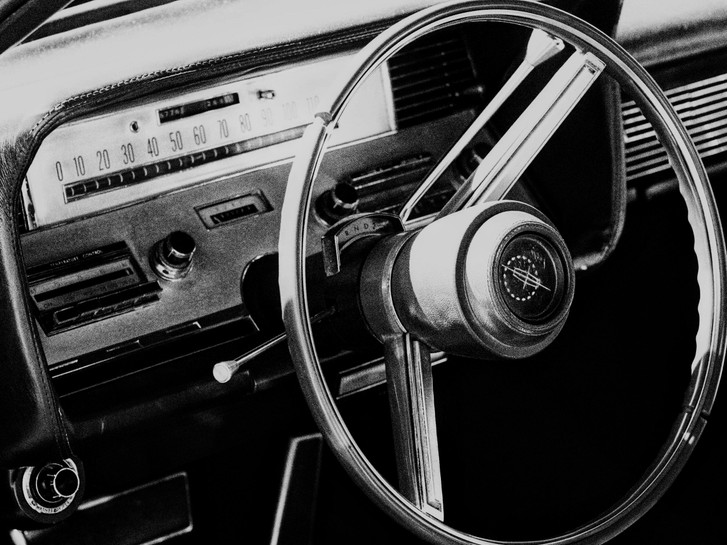When it comes to upgrading the sound system in your classic car, speakers and head units usually get all the attention. But if you want your music to sound full, clear, and powerful, the amplifier is just as important. Choosing the right amp for your classic car can be the difference between a thin, weak sound and a rich audio experience that matches the thrill of the drive. At Vintage Car Radio, we know that picking the right amplifier means balancing performance, space, and authenticity.
Why an Amplifier Matters
An amplifier boosts the low-level signal from your head unit into the power needed to drive your speakers. Without one, even the best head units or speakers won’t sound their best. For classic cars, where cabins are often larger and have more road noise, an amp ensures your system has the punch and clarity you need.
Key Factors to Consider
1. Power Output
Think about the wattage your speakers can handle. If you’re running efficient factory-size speakers, a modest two-channel amp may be enough. But if you’ve upgraded to modern 6x9s, under-seat subs, or kick panel speakers, you’ll want more wattage to really bring them to life.
2. Number of Channels
-
Two-Channel Amps: Great for powering a simple front speaker pair.
-
Four-Channel Amps: Perfect for full systems with front and rear speakers.
-
Five- or Multi-Channel Amps: Ideal if you’re adding a subwoofer to your setup.
Classic car owners often prefer compact four-channel amps because they fit discreetly while powering a balanced setup.
3. Space and Placement
Classic cars don’t have endless hiding spots for gear. Many enthusiasts tuck their amps under seats, behind kick panels, or in the trunk. Compact amps or digital (Class D) models are especially popular since they run cooler and fit into tighter spaces.
4. Authenticity vs. Modern Sound
Some restorers want a completely stock look. In those cases, a hidden amp is the way to go. Others are fine with a trunk-mounted amplifier, especially if sound quality is the main priority. Decide what balance of originality and performance works best for your car.
5. Compatibility with Head Units
Not every vintage-style radio has the same outputs. Fortunately, most modern classic radios, like those from Custom Autosound or Antique Automobile Radio, offer preamp outputs (RCA connections) that make pairing with an amp easy. Always double-check before purchasing.
Pro Tips from Reviewers
-
Use quality wiring kits for safety and performance.
-
Match the amp’s impedance with your speaker setup for the best results.
-
Don’t overpower factory speakers—you’ll end up with distortion or blown drivers.
-
If bass is a priority, dedicate a channel to a subwoofer.
Final Thoughts
The right amplifier doesn’t just make your classic car louder—it makes it better sounding. From subtle jazz cruising on a Sunday drive to rock and roll on a summer night, a well-matched amp lets your music breathe. At Vintage Car Radio, we encourage every enthusiast to think beyond just the head unit and speakers. Choosing the right amplifier ensures your classic car delivers audio that’s every bit as timeless as the car itself.



